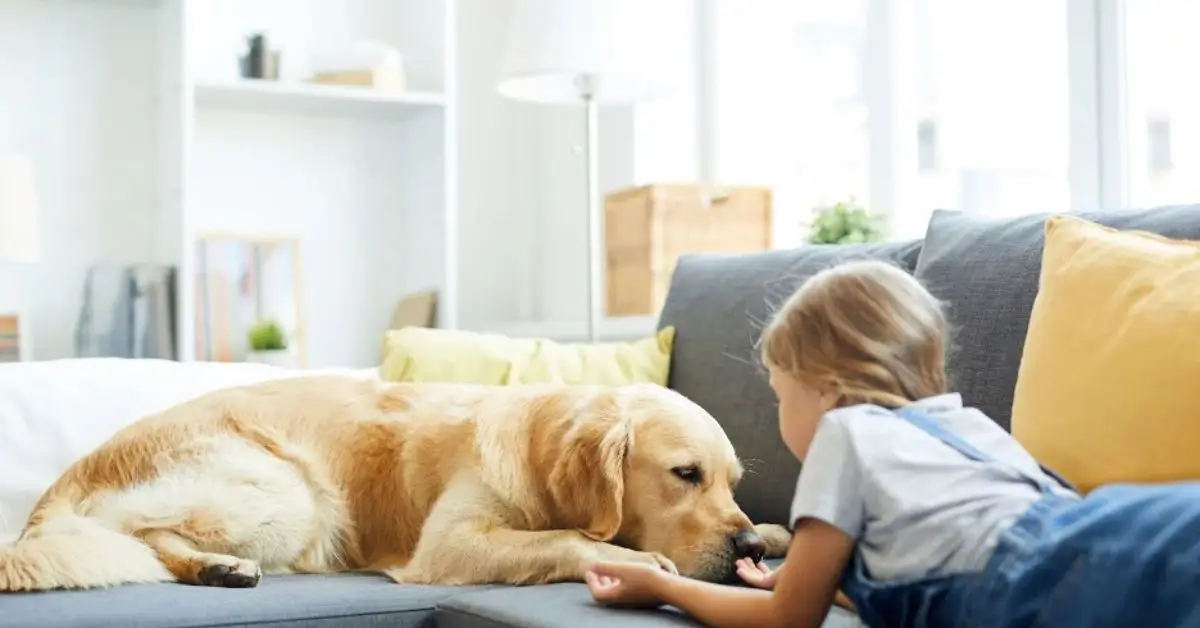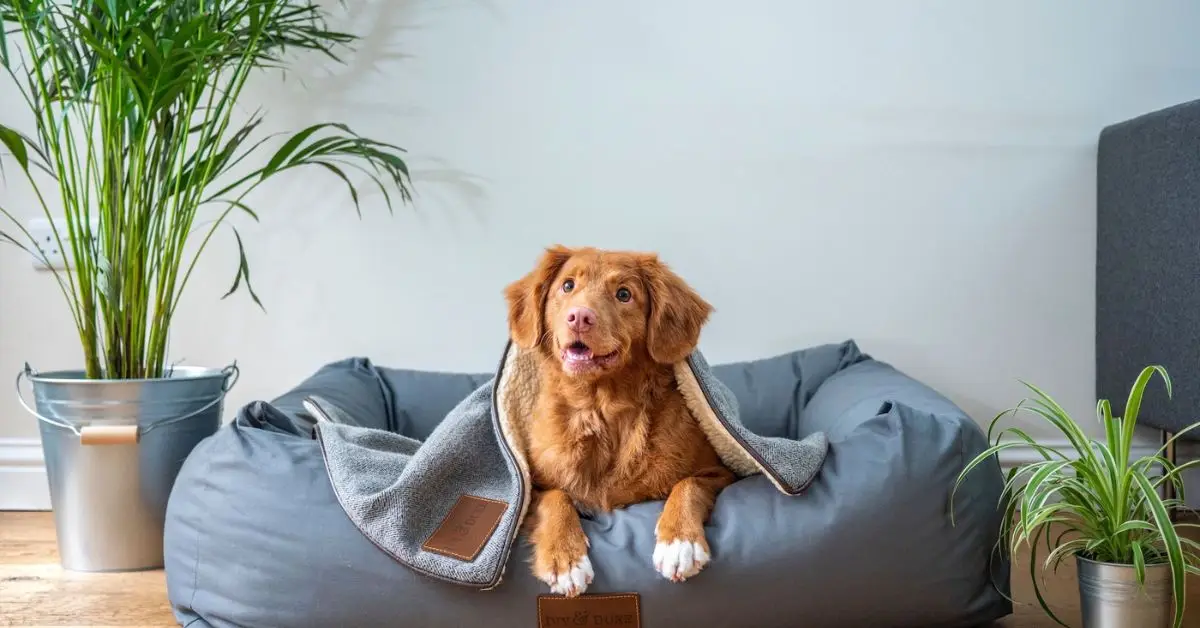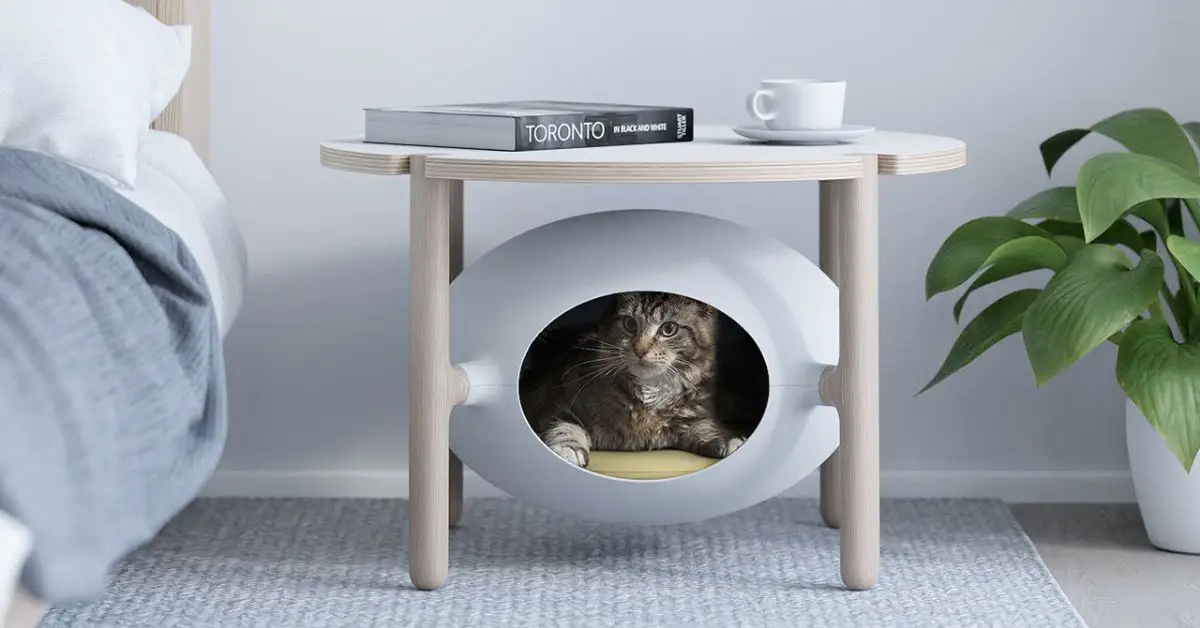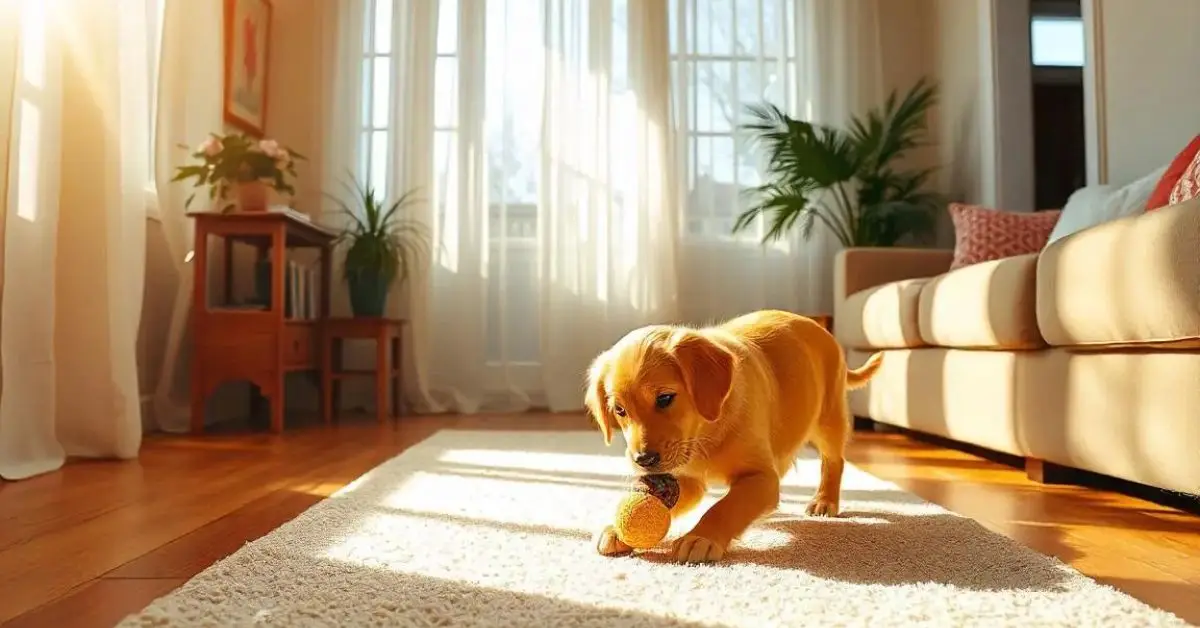From Floors to Fabrics: 10 Pet-Friendly Design Hacks for a Cleaner, Happier Home
You love your pet. You also love a home that looks put-together. The problem is the gap between the two—scratched floors, fur on the sofa, muddy paws, toppled plants, and that basket of toys that never stays tidy. I’ve been there, and no, the fix isn’t buying a whole new living room.
Most advice repeats the same thing—“get a stain-proof sofa”—but you and I need ideas that actually fit real life. You want small changes that look good, feel calm for your pet, and don’t cost a fortune or break your lease.
So I pulled apart what designers recommend and what pet parents say online. The patterns are clear: floors and fabrics do the heavy lifting, storage reduces mess, light and airflow change behavior, and a few safety tweaks stop the daily “no!” moments before they start.
In this guide, I’ll give you 10 simple, pet-friendly interior design ideas that upgrade your space fast—think washable textures, smarter layouts, hidden storage, safer plants, and quick DIYs. No fluff. Just practical moves that make your home easier to clean, kinder to your pet, and nicer to look at.
Before we dive in, tell me this: which room stresses you out most right now—living room, bedroom, or entryway?
1. Durable, Scratch-Resistant Flooring
If you’ve ever watched your dog skid across a wooden floor or your cat leave little claw marks after a sprint, you know how quickly floors take a beating. I learned this the hard way when my first Labrador turned my “shiny new hardwood” into a patchy mess within months. That’s why flooring is always the first thing I recommend fixing.
Here’s what works best:
- Tile or vinyl – Easy to mop, tough against claws, and doesn’t absorb odours.
- Laminate or engineered wood – Looks like hardwood but way more scratch-resistant.
- Area rugs with washable covers – Perfect for high-traffic zones.
And what to skip? Wall-to-wall carpets and softwoods. Carpets trap fur and stains, while softer woods like pine scratch at the first paw swipe.
The bonus? Pet-friendly floors don’t just last longer—they make cleaning so much easier. A quick mop, and the mess is gone. Better Homes & Gardens also highlights durable flooring as one of the smartest design investments for pet owners.
2. Washable, Stain-Resistant Fabrics for Furniture

Let’s be honest—you and I can’t stop pets from jumping on the couch. But we can stop the frustration of fur clinging to every cushion. I swapped my old suede sofa for microfiber, and suddenly lint rollers weren’t my daily workout anymore.
Best fabric choices:
- Microfiber – Repels fur and resists stains.
- Performance fabrics – Treated to handle spills and scratches.
- Faux leather / leather alternatives – Wipe-clean and stylish.
And here’s my favourite hack: slipcovers. Toss them in the washer whenever you need, and your sofa looks brand new. Plus, you can keep a couple of sets and switch styles with the seasons.
The goal isn’t to keep pets off your furniture—it’s to make sure the furniture survives them.
3. Create a Dedicated Pet Zone

Every pet deserves their own spot. When I created a little corner with a cosy bed and a window perch, my cat stopped scratching the dining chairs and started spending afternoons sunbathing instead.
Think about adding:
- A comfy bed or crate in a quiet corner.
- Window perches or hammocks for cats who love to watch outside.
- Toy baskets so the clutter doesn’t spread across the living room.
This isn’t just about looks—it’s about behaviour. Pets with their own safe, comfortable zone are calmer, less destructive, and happier. And for you, it means less mess in the main living areas. Once you set up a pet zone, you can also take your entire space up a notch with our 14-step living room makeover guide for busy homeowners. It’s designed to give you a fresh, functional living area without overwhelming projects.
Quick question for you: if you had to start with one of these three, would it be floors, furniture, or giving your pet their own corner?
4. Smart Storage for Pet Gear
If you’re anything like me, the toys, leashes, and random pet gadgets multiply faster than you can tidy them. One week it’s just a chew toy, and the next your hallway looks like a mini pet shop. The easiest way to fix this? Build storage right into your home.
Some ideas you can try:
- Built-in cabinets near the entryway for leashes and harnesses.
- Hidden feeding stations inside lower drawers or pull-out shelves.
- Woven baskets or bins that blend with your décor for toys.
Lately, I’ve seen tons of hacks online—like turning a simple cabinet into a litter box hideaway or a bench into a dog-feeding station. It’s clever, budget-friendly, and keeps your home looking clean. If you’re also thinking about upgrading storage in your kitchen, you’ll love our guide on the 10 best kitchen cabinet hardware ideas to transform your kitchen in 2025. It’s full of smart fixes that make cabinets more functional and stylish.
When the clutter disappears, the whole house instantly feels calmer and more stylish.
5. Pet-Safe Plants & Décor Choices
Plants bring life into a room, but here’s something many people forget—some of them can literally poison your pets. I learned this when my cat chewed on a pothos leaf, and I ended up calling the vet in a panic. Since then, I only keep pet-safe greenery around.
Safe choices include:
- Spider plant
- Areca palm
- Bamboo palm
But make sure you avoid these common toxic plants:
- Lilies (extremely dangerous for cats)
- Pothos
- Aloe vera
The ASPCA’s toxic plant list is one of the most trusted resources if you’re unsure. Bookmark it—you’ll thank yourself later.
Adding greenery is a great way to style your space, but choosing the right plants keeps your pets safe while still keeping your home fresh.
6. Multi-Functional Furniture with Pet Features

One of my favourite design tricks is using furniture that does double duty. You get more function without sacrificing style, and your pet gets a spot that feels like it belongs to them.
Some ideas that work really well:
- Ottomans with hidden storage — stash toys or blankets inside.
- Side tables with built-in pet beds — modern look + cosy corner.
- Benches with cubbies — shoes on one side, pet bed on the other.
This is where “modern lifestyle” meets “pet parenting.” Instead of adding bulky crates or beds everywhere, you weave pet comfort into the furniture you already use. It looks intentional, not like an afterthought.
7. Easy-to-Clean Walls & Finishes
Most of us focus on floors and furniture, but walls take just as much abuse—muddy paw prints, nose smudges, even food splatters near feeding areas. I learned this after repainting a wall three times in one year before I realised the real problem wasn’t the dog, it was the wrong paint.
What works best:
- Washable paints in satin or semi-gloss finish (wipe clean without scrubbing).
- Wipeable wallpaper for high-traffic spots.
- Protective panels behind feeding stations to stop stains.
It’s a simple change that keeps your walls fresh much longer, saving you time and frustration.
8. Lighting & Ventilation That Keep Pets Comfortable
Light and air don’t just matter for you—they shape your pet’s mood too. My cat’s behaviour changed completely after I moved her bed near a sunny window. She became calmer, spent hours basking, and stopped scratching the couch as often.
A few small tweaks:
- Natural light spots for sunbathing.
- Air purifiers to handle odours and allergens.
- Pet-safe lamps for gentle evening light (avoid hot bulbs).
Good ventilation isn’t just about smell—it reduces stress for pets and keeps your home healthier overall.
9. Budget-Friendly DIY Hacks
Not everything has to cost a fortune. Some of my favourite pet-friendly upgrades came from DIY hacks I found on Reddit and Facebook groups.
Try these simple projects:
- DIY scratching posts made from rope and leftover wood.
- Cheap slipcovers stitched from old bedsheets or fabric scraps.
- Repurposed crates turned into stylish dog beds or end tables.
These ideas are not only budget-friendly, they’re personal—you get the joy of building something while making your pet’s life better. And if you love affordable upgrades, check out these 13 budget-friendly home improvements under $200 that instantly make your home look like a million bucks. For inspiration, Reddit’s r/pets community is full of creative hacks from real pet parents.
10. Stylish Safety Upgrades

The final piece is keeping your home safe without making it look like a daycare. Safety can blend with style if you pick the right solutions:
- Baby gates that match your décor to block stairs.
- Chew-proof cord covers to protect pets and your electronics.
- Non-slip rugs for older pets to prevent accidents.
These are little details you don’t think about until something goes wrong. Adding them now means peace of mind for you and comfort for your pets—without compromising how your space looks.
Quick Maintenance Routine for a Pet-Friendly Home
Design upgrades make a huge difference, but the truth is—you and I still need a routine to keep things under control. Pets shed, spill, and scratch no matter how good the design is. A simple schedule saves you hours of stress later.
Here’s a quick checklist you can follow:
- Vacuum fur twice a week – especially on sofas, rugs, and corners where it builds up.
- Wash slipcovers monthly – rotate sets so your furniture always looks fresh.
- Rotate washable rugs seasonally – it spreads out wear and keeps things cleaner.
- Wipe walls and feeding stations weekly – a five-minute job that stops long-term stains.
- Clean pet beds regularly – once every 2–3 weeks to reduce odour and dander.
Stick to this rhythm and your home feels cleaner, calmer, and easier to maintain—without the panic deep cleans.
Common Mistakes to Avoid
Even the most stylish homes can feel messy if you fall into these traps. I’ve made a few of them myself, and fixing them changed everything.
- Choosing fluffy rugs – they look cosy, but they trap fur and odours in no time.
- Ignoring plant safety – lilies, aloe, and pothos might look great, but they’re dangerous for pets.
- Skipping dedicated storage – toys and leashes left out will always make the room look cluttered.
- Using harsh cleaners – strong chemicals can irritate pets and damage finishes.
- Buying “cute” but fragile furniture – one week of zoomies and it’s gone.
Avoiding these mistakes isn’t about perfection—it’s about creating a space that looks good, feels safe, and lasts longer.
Wrap-Up: A Home That’s Safe, Stylish, and Pet-Ready
When you step back, you’ll see it’s not about a full remodel—it’s about smart choices. Start with the big three: durable floors, washable fabrics, and a cosy pet zone. From there, layer in storage, safe plants, and those little safety details that make your home calmer for both you and your pets.
Small changes really do add up. A slipcover here, a smarter rug there, and suddenly your space feels fresh, functional, and pet-ready without losing the style you love.
What about you—if you had to begin with just one change, would you start with your floors, fabrics, or a pet zone? Share your answer in the comments—I’d love to hear what you’re planning.
For more home improvement tips and smart design ideas, visit Build Like New and explore guides that help you create a space that’s as practical as it is beautiful.
Disclaimer: The ideas shared here are general home design tips for pet owners. Always check with a qualified vet or professional designer before making changes that could affect your pet’s health or safety.


